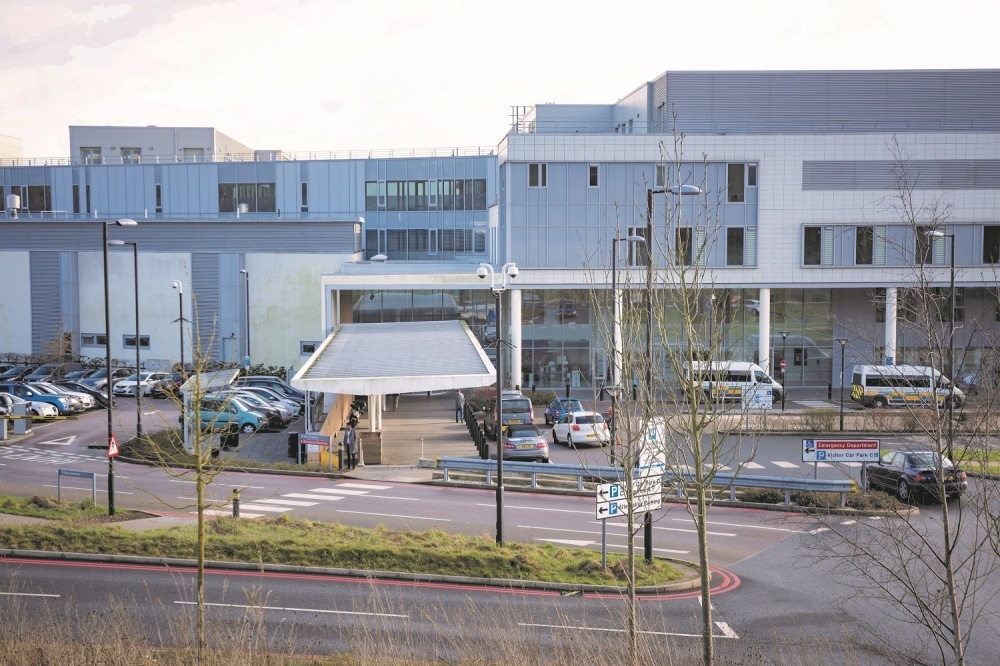According to figures from the NHS, 37,306 people were still waiting for treatments such as general surgery or other non-emergency procedures in September at the two hospitals operated by Maidstone and Tunbridge Wells NHS Trust.
This is the highest number on the waiting list since records began in 2007 and up from August’s 37,060, although the 246 increase is much smaller than in previous months.
The backlog was rising by 1,000 people a month since March, when the figures first reached the highest levels since records began in 2007.
Around 73.6 per cent of people are currently being seen within 18 weeks, a small reduction in wating times since last month when it stood at 73 per cent.
The operational standard is 92 per cent, although that target ha snot been hit since the pandemic began.
The longest waiting lists at MTW are for Ophthalmology Service with 7,570 patients waiting to be seen, and general surgery, including knee and hip operations, which has a backlog of 4,549 patients.
The average wait time for non-emergency treatment at MTW currently stands at 11.1 weeks, although there are 49 patients who have been waiting over a year.
The latest figures come amid a national picture where a total of 5.7 million people were waiting to start routine hospital treatment, and there are nearly 10,000 people waiting for more than two years.
NHS England and NHS Improvement has told hospitals to stabilise the number of patients waiting for hospital treatment, keep year-plus waiters at current levels, and eliminate two-year waits by March next year.
Coronavirus update
THE number of people being admitted to hospital in Tunbridge Wells with Covid-19 has fallen by two thirds.
In the seven days to October 6, just six people were admitted or diagnosed with Covid-19 at either the Pembury Hospital or the Maidstone site.
During the same period at the beginning of September, around 25 people a week were being admitted with the virus, and at any one time there were more than 30 patients on the Covid wards.
The falling admissions come a month after children returned to school at the beginning of September. Rates of the virus are also on the wane across the area.
Tunbridge Wells has recently seen a spike in reports of positive tests for Covid-19, reaching more than 550 cases a week at the end of last month – the highest in Kent, although this has fallen with 495 cases recorded in the seven days to October 11.
Nationally, of the 377 local areas in the UK, 327 (87 per cent) have seen a week-on week rise in virus rates and 50 (13 per cent) have seen a fall.
Despite the falling figures locally, health officials are urging people to have their flu and Covid-19 booster vaccines over fears the two viruses could push the health service to breaking point this winter.
Flu kills almost 11,000 people each year under normal conditions but with various lockdowns, incidents of influenza have been low, sparking fears of a winter spike.








